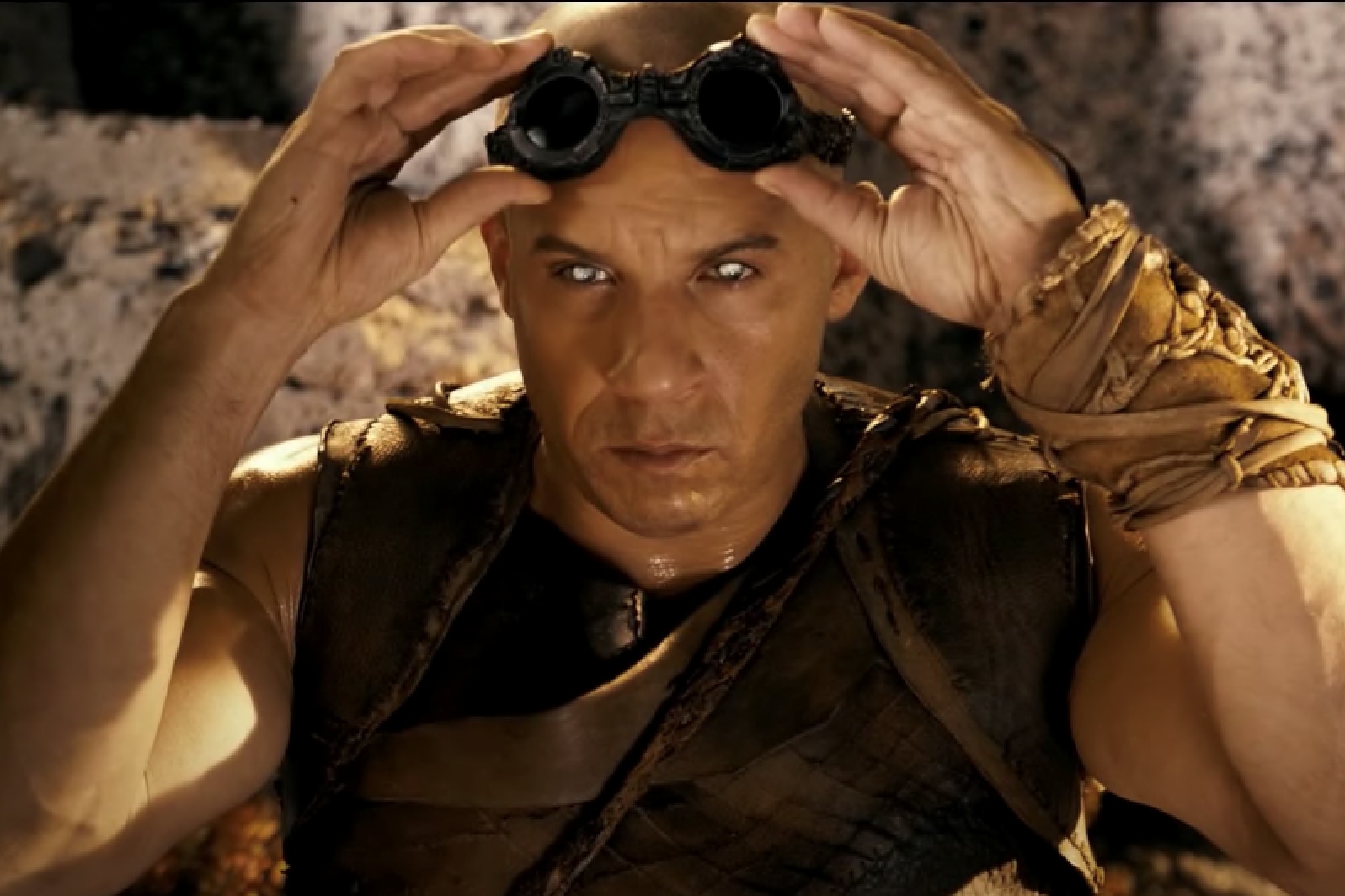Create a free profile to get unlimited access to exclusive videos, sweepstakes, and more!
Doomed Lunar Lander Captured a View of Earth That’s to Die For
We should all be treated to such a sight, before we explode.

Pitch Black remains one of Vin Diesel’s coolest roles, not only because Richard B. Riddick is a compelling character, but because he helped populate an interesting fictional world. When he crash landed on the desert planet M6-117, along with the rest of the marooned crew of the Hunter-Gratzner, things were already bad enough. But they were destined to get worse when a rare triple eclipse plunged the planet into perpetual night and bloodthirsty predators emerged from the darkness.
The Earth’s rare eclipse equivalent recently took place when a hybrid eclipse traced parts of the planet’s Southern Hemisphere on April 20, 2023. A solar eclipse typically comes in one of three varieties. There’s the total eclipse; those are the most famous ones, when the Sun is totally obscured by the Moon. Then there are partial eclipses, which do pretty much what the name implies. Finally, there are annular eclipses. Because the Moon’s orbit isn’t totally circular, sometimes it’s further away from the Earth and appears smaller in the sky. If an eclipse happens at that part of the orbit, the Moon won’t appear large enough to totally cover the Sun. The April 20 eclipse, however, was a rare hybrid which transformed from a partial eclipse to a total eclipse and back again.
RELATED: Can you really shine your eyes? The science behind 'Pitch Black' and night vision
Most of the time, eclipses are a wholly terrestrial event. They are visible only to the lucky few who happen to be in the right spot on the planet for the Moon to block out the Sun. But if you can get high enough, you can see the Moon’s shadow without standing inside of it. That’s why the private Japanese aerospace company ispace turned their Hakuto-R spacecraft toward the Earth on April 20.
The ispace group was founded in 2008, in response to the Google Lunar XPRIZE, a contest which offered $20 million to the first private organization to complete a set of activities on the Moon. The winning team would have to soft-land a spacecraft on the Moon, deliberately move that craft 500 meters across the lunar surface, transmit two “mooncasts,” and complete a data uplink exercise.
Dozens of private teams registered, with six teams being accepted as finalists, including ispace. The contest’s original deadline passed almost a decade ago in 2014, but officials at XPRIZE extended the deadline a few times. The contest ultimately ended March 31, 2018, with the cash prize unclaimed. Despite that considerable financial setback, ispace pushed ahead and launched their lander aboard a Falcon 9 on December 11, 2022.
RELATED: World’s first private lunar lander is missing, presumed dead
The spacecraft, dubbed Hakuto-R Mission 1, took the long way to the Moon, arriving March 20, 2023. Then it hung out in the vicinity of the Moon for a month before making its descent to the surface. During one of its final lunar flybys, the craft turned its onboard camera toward the Earth and captured a stunning Earthrise image during the hybrid solar eclipse.
The image was posted to ispace’s Twitter account on April 24, 2023, with the following caption, “Seen here is the lunar Earthrise during solar eclipse, captured by the lander-mounted camera at an altitude of about 100 km from the lunar surface. The Moon hung perfectly between the Sun and Earth at this moment, casting a shadow resulting in the solar eclipse visible over Australia in this image.”
The image survives as a moment of beauty just before tragedy. The Hakuto-R lost communication with Earth during landing procedures on April 25, and is presumed dead on the lunar surface. Not to be dissuaded, ispace is proceeding with Hakuto-R Mission 2, planned for launch next year.
In the meantime, catch up on the Riddick lore, with Pitch Black and The Chronicles of Riddick.



























